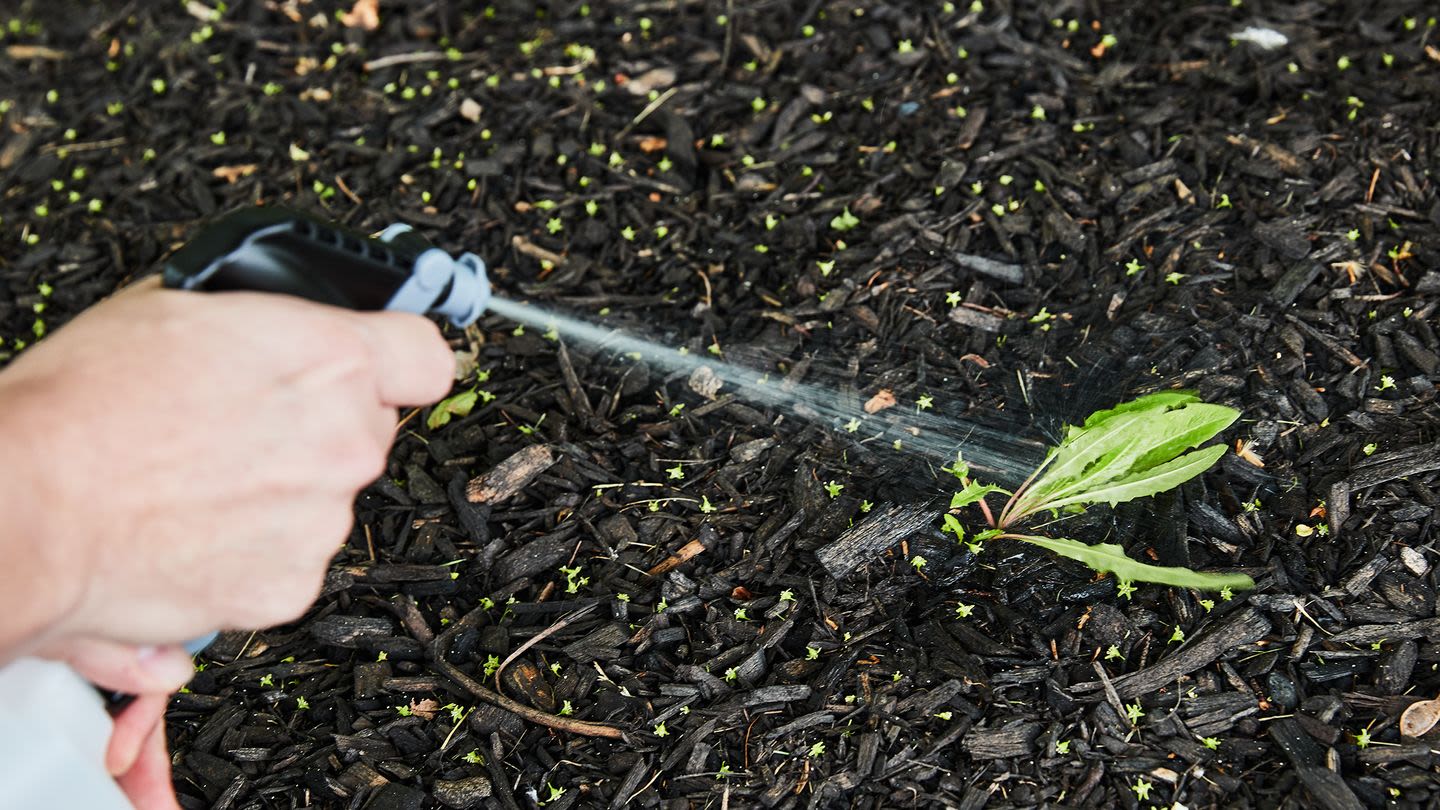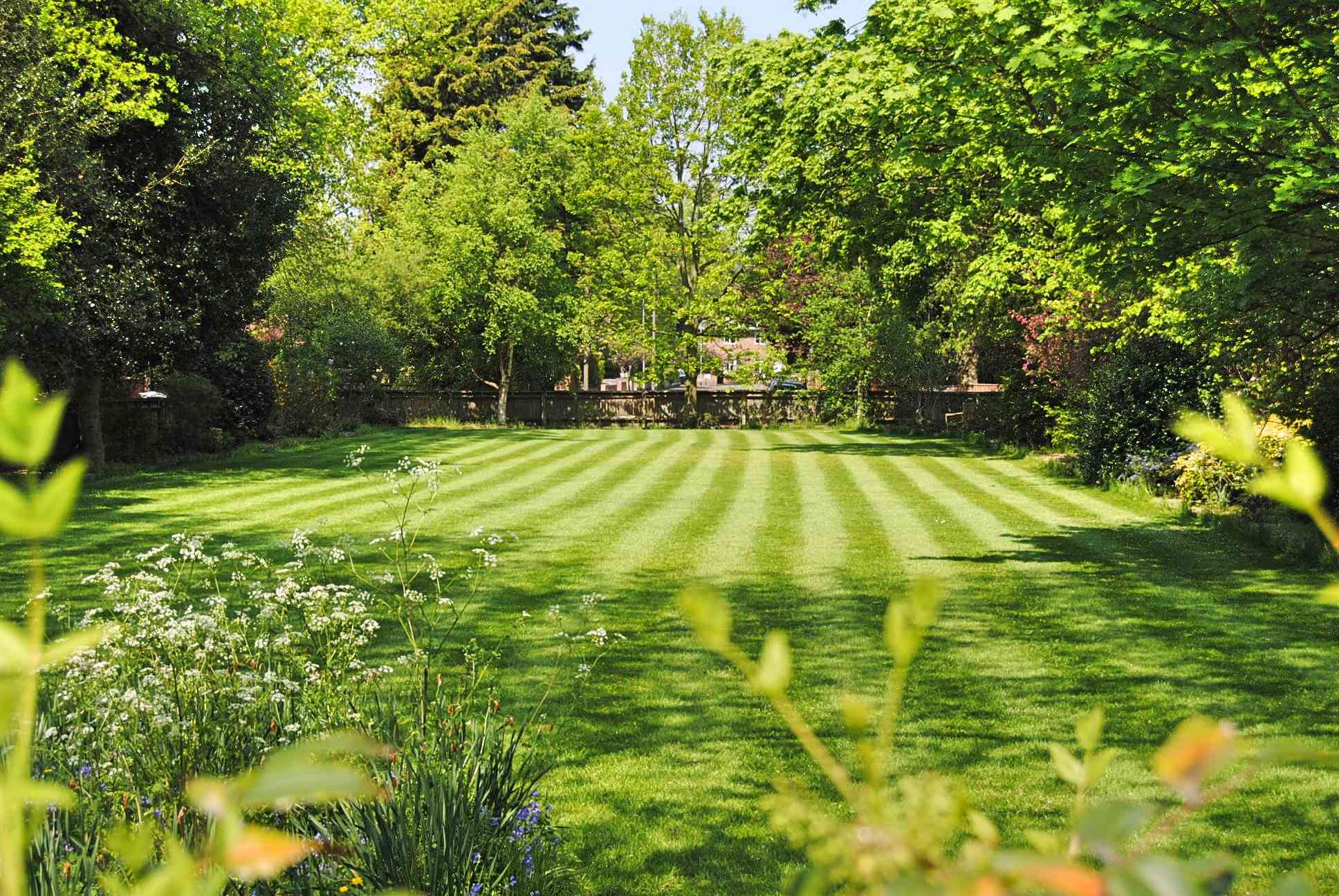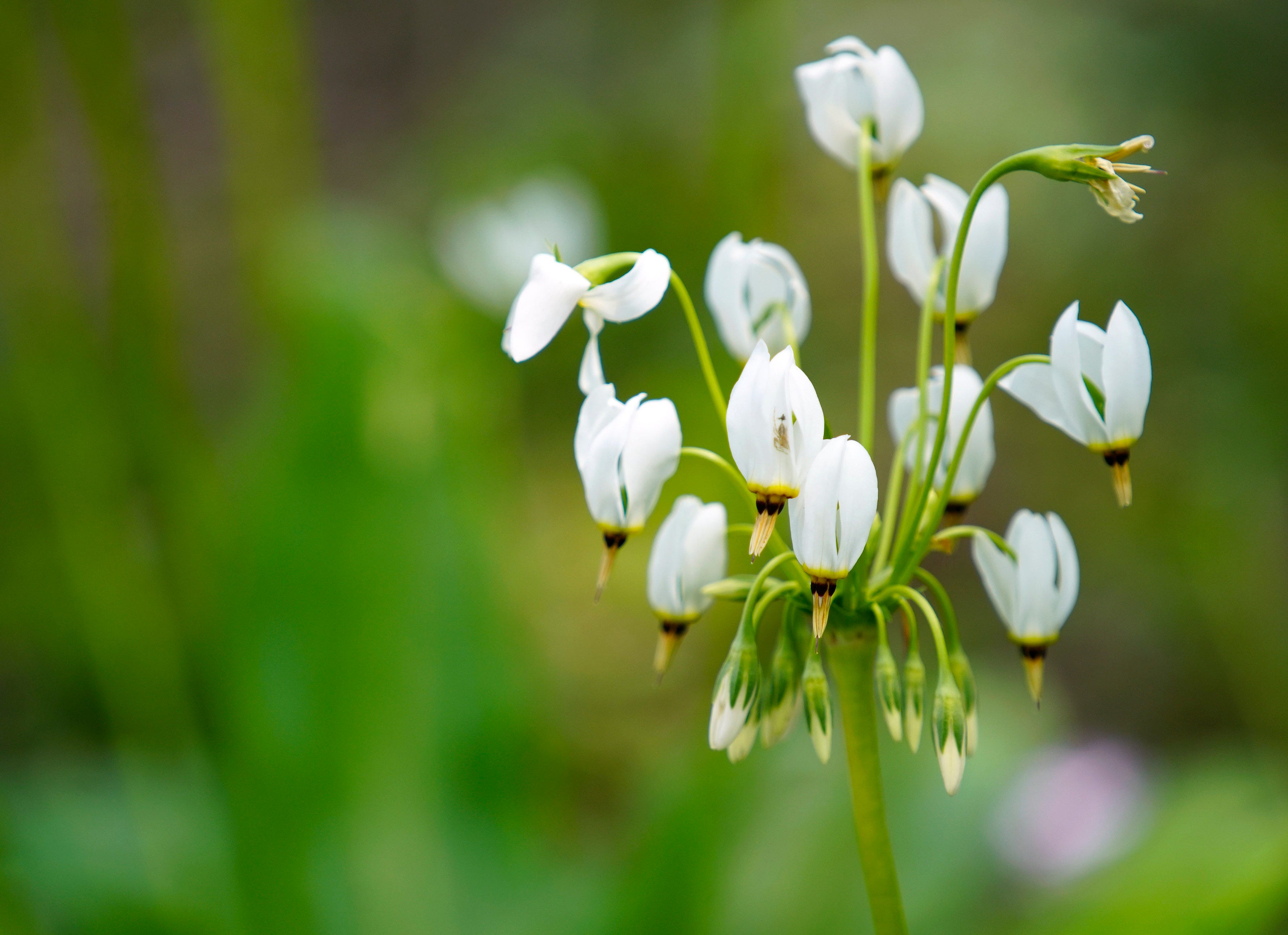Search results
News about Martha Stewart, gravel, Herbicide
News about lawn, pollinators, mowing
News about Allergy, Rochester, pollen
Also in the news
People also ask
What are the different types of weeds?
What is a weed in a garden?
Are weeds in your garden inevitable?
What is lawn burweed?
Jan 17, 2024 · Many common weeds have "weed" in their name, like ragweed, knotweed, and chickweed. Weeds are often thought of as nuisance plants that invade lawns and gardens. If you can identify which plants are weeds, you can also learn how to control or eradicate these common types of weeds.
- Identifying 9 Common Lawn Weeds
Here are nine common lawn weeds that most homeowners...
- Plantain Plants (Plantago Major)
One of the most common lawn weeds around is broadleaf...
- The Benefits of Clover, Dandelions, and Lawn Weeds
Higher mowing height: Mowing your lawn at a higher height...
- How to Get Rid of Creeping Charlie
The Spruce. What Is Creeping Charlie? Creeping Charlie is an...
- What Does Crabgrass Look Like
A healthy lawn blocks weeds from taking over. You can...
- Identifying 9 Common Lawn Weeds
- Dandelion. Type: Broadleaf perennial. Size: 12 inches tall, 6-16 inches wide. Where It Grows: Lawns and gardens in sun or shade. Appearance: This common lawn weed has a long taproot with deeply notched leaves.
- Oxalis. Type: Broadleaf perennial. Size: Up to 20 inches tall. Where It Grows: Sunny or shady landscape, lawn or garden areas. Appearance: This garden weed has light green leaves that look somewhat like clovers and cup-shape yellow flowers in summer and fall.
- Crabgrass. Type: Grassy annual. Size: Up to 18 inches tall and 20 inches wide. Where It Grows: Lawn, landscape, and garden areas in sun or shade. Appearance: Crabgrass is exactly what it sounds like: A grassy weed.
- Bindweed. Type: Broadleaf perennial. Size: Climbs to 6 feet or more. Where It Grows: Landscape and garden areas in sun. Appearance: Identify this garden weed by its arrowhead-shape leaves on twining vines.
- Crabgrass (Digitaria spp.) Crabgrass is a low-growing summer annual that spreads by seed and from the rootings of nodes on the soil. Undisturbed, it can grow to 2 feet tall.
- Purslane (Portulaca oleracea) Purslane is considered noxious in at least one U.S. state. Why is this edible annual succulent plant considered troublesome?
- Lambsquarters (Chenopodium album) Another edible weed! Lambsquarters is a fast-growing summer annual that is very nutritious and delicious, steamed, in salads, or juiced.
- Pigweed (Amaranthus spp.) Pigweed wins the title of the most “problematic” annual weed. It has evolved traits that make it a tough competitor, especially in broadleaf crops like soybeans and cotton.
- Asiatic Bittersweet. Scientific name: Celastrus orbiculatus. Asiatic bittersweet is a perennial weed that has small, orange berries. Round yellow fruits and red berries can identify it.
- Bindweed. Scientific name: Convolvulus arvenis. Bindweed is a perennial weed identified by its bright green, hairless stems and arrowhead-shaped leaves with scalloped edges.
- Canada Thistle. Scientific name: Cirsium arvense. Canada Thistle is a perennial weed that spreads by seed. It has its origins in Europe but was introduced to America in the 16th Century, among other agricultural shipments.
- Chickweed. Scientific name: Stellaria media. Chickweed is a low-growing winter weed that can establish in cool weather and cause damage to crops early in the growing season.
- Crabgrass, Digitaria Ischaemum. Crabgrass resembles its ocean-dwelling namesake, with spreading stems hugging the ground. The grass is a true annual, completing its life cycle in a single year.
- Henbit, Lamium Amplexicaule. This common winter annual or biennial commonly invades lawns in the late fall and winter. Henbit is easily recognizable in spring when the purple flowers appear in whorls among the upper leaves.
- Dandelion, Taraxacum Officinale. Many of us have fond childhood memories of dandelions, but are not so excited about them in our lawns now that we are homeowners.
- Nutsedge, Cyperus Esculentus (yellow nutsedge) and Cyperus Rotundus (purple nutsedge) Nutsedge is a grass-like weed with distinctive triangular or v-shaped leaf blades.
Feb 15, 2023 · Meet the most common weeds you're likely to find in your garden or vegetable patch, and learn how to treat each.
Jan 1, 2023 · The 35 weed species below are further categorized into broadleaf weeds, grassy weeds, and sedges. The examples include some of the most common weeds, as well as the most problematic. Let’s dive in!



